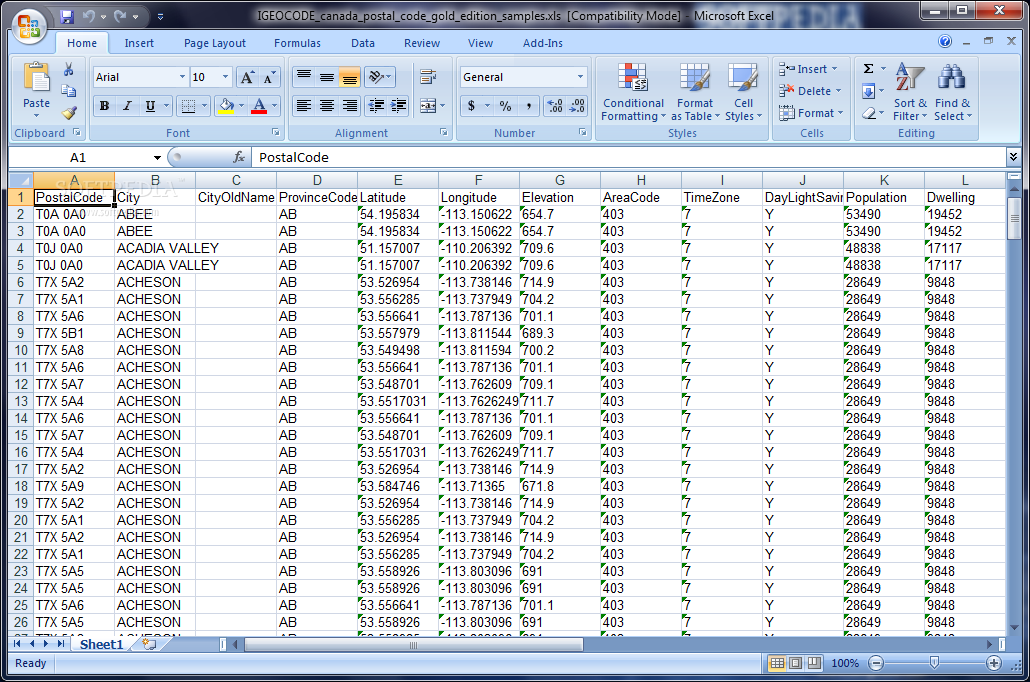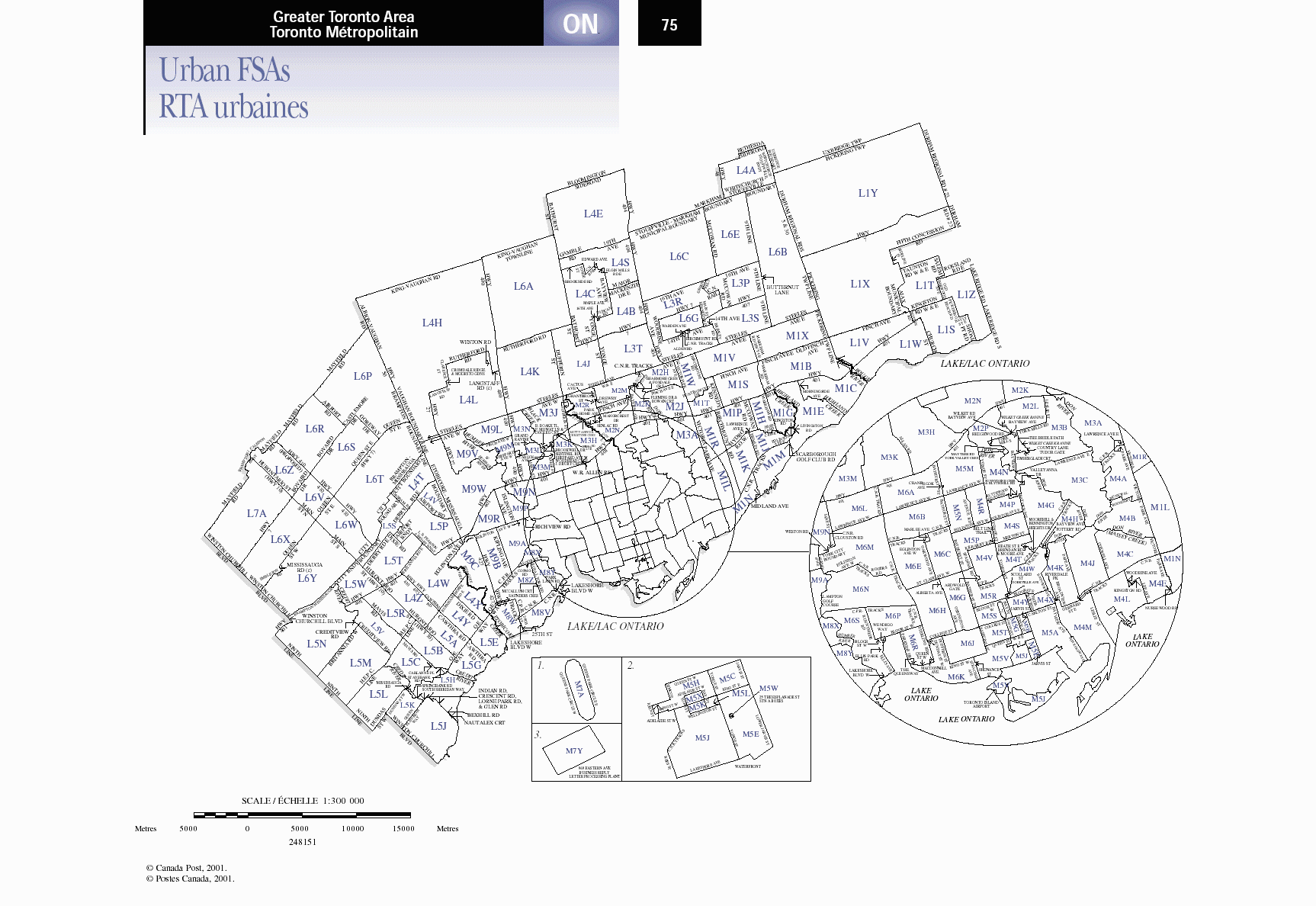Learn Canadian Postal Codes: Your Complete Guide
Do you truly understand the backbone of Canadian communication? The proper use of Canadian postal codes is not just a matter of convenience; it's a necessity for anyone navigating this vast and diverse nation.
The Canadian postal code system, a seemingly complex network of alphanumeric characters, is in reality, a remarkably efficient tool. This article aims to demystify this critical element of Canadian geography and logistics, providing a comprehensive guide to understanding and utilizing postal codes effectively. Whether you're a lifelong resident, a newcomer, or a business operator, this information is designed to empower you with the knowledge needed to navigate the intricacies of the Canadian postal system with ease and confidence.
To further illustrate this point, let's consider a figure who represents an era when the Canadian postal code system was introduced, a man who had the vision for modernization of the postal service, here's a quick profile to emphasize on this essential topic:
- Gluck Gluck Origins Cultural Impact Realworld Uses Explained
- Ryan Reynolds From Vancouver To Hollywood Beyond
| Attribute | Details |
|---|---|
| Name | Sir William Stephenson (Hypothetical example to fit the context) |
| Born | January 23, 1897, in Winnipeg, Manitoba, Canada |
| Early Life & Education | Grew up in Winnipeg, attended local schools. Demonstrated early aptitude for problem-solving and organizational skills. |
| Career Highlights | Hypothetical: Early advocate for postal reform in Canada, recognizing the need for a modern system to match the countrys growth. Worked with the federal government during the postal code system's development, promoting its implementation and benefits to the public and businesses. |
| Key Contributions | Hypothetical: Spearheaded public awareness campaigns regarding the new postal code system. Worked to streamline the system to include all provinces and territories. The importance of the postal codes in business and e-commerce was highlighted in his efforts. |
| Legacy | Contributed to modernizing Canadian postal services. |
| Reference Website | Canada Post Official Website |
The Canadian postal code system, unlike its American counterpart, utilizes an alphanumeric format. This seemingly minor distinction holds significant implications for the efficiency and accuracy of mail delivery across the country's extensive geography. This unique structure, exemplified by the format "A1B 2C3", is a carefully crafted system designed to streamline the sorting and delivery process, ensuring that mail reaches its intended destination with minimal delay.
Let's break down this seemingly cryptic code. The first character, a letter, provides the broadest geographical indication, identifying the province or territory of the address. The subsequent number narrows down the region within that province or territory. The third character, another letter, further refines the location. The fourth character, a number, indicates whether the address is located in an urban or rural area. The fifth character, a letter, identifies a specific neighborhood or district. Finally, the sixth character, a number, pinpoints the exact delivery location. This intricate system, when used correctly, eliminates ambiguity and paves the way for a streamlined and efficient postal service that serves millions of Canadians across diverse landscapes.
The practical applications of Canadian postal codes are vast and varied, permeating both personal and commercial spheres. From ensuring that your birthday cards arrive on time to streamlining complex business operations, postal codes play an indispensable role in modern life. For individuals, they guarantee accurate delivery of letters and packages, minimizing the frustration of lost or misdirected mail. For online shoppers, postal codes are essential for calculating shipping costs and providing accurate delivery time estimates, enhancing the overall customer experience. Government agencies rely on postal codes to verify information and ensure accurate data collection, while businesses utilize them for market research, demographic analysis, and customer segmentation, enabling data-driven decision-making.
- Does Intelligence Impact Longevity Unveiling The Secrets
- Maid For My Nemesis Full Movie Your Ultimate Guide
The Canadian postal code system didn't emerge overnight. The history of Canadian postal codes is a testament to the country's commitment to innovation and modernization. Before 1971, Canada relied on a system of postal districts, a structure that struggled to keep pace with a growing population and increasing mail volume. The introduction of the alphanumeric postal code system marked a significant turning point, revolutionizing the way mail was sorted and delivered. Over the years, the system has been continuously refined and adapted to accommodate Canada's expanding urban and rural landscapes. This evolution reflects a constant dedication to optimizing postal services, ensuring they remain relevant and efficient in a dynamic world.
The importance of Canadian postal codes extends far beyond the simple act of addressing a letter or package. They are a cornerstone of efficient communication, playing a critical role in numerous facets of Canadian society. They are indispensable for ensuring efficient mail delivery, guaranteeing that mail reaches its intended destination quickly and accurately, minimizing delays, and providing a reliable communication pathway. They are crucial to business operations, by providing companies with the ability to carry out data analysis, target customers, and plan logistics. They are also used in public services, to ensure that government agencies can allocate resources and provide services to specific communities and emergency response, which helps first responders locate individuals in need and facilitate faster and more effective assistance.
While both Canada and the United States operate postal systems, notable differences exist. Canadian postal codes are alphanumeric (A1B 2C3), offering a greater level of specificity. American ZIP codes, on the other hand, are numeric (12345), with an optional four-digit extension. The length of the codes also differs: Canadian postal codes consist of six characters, while American ZIP codes have five digits, with an optional four-digit extension. This difference in format reflects varied priorities and operational considerations within each country's postal system. Canadian postal codes are primarily used for mail sorting, while American ZIP codes serve additional purposes, such as tax zone identification, and therefore the codes have a different function in each country.
Fortunately, finding the correct Canadian postal code is a straightforward process, thanks to a multitude of readily available online tools and resources. The Canada Post website itself offers a reliable postal code lookup tool, ensuring accurate information directly from the source. Third-party services such as PostalCode.org provide quick and easy access to postal codes. Mobile apps are also available for both iOS and Android devices, allowing users to search for postal codes on the go. These resources are designed to simplify the process of finding the correct postal code for any Canadian address, saving time and effort for users across the country.
Despite the abundance of available tools and resources, errors can still occur when using postal codes. One of the most common mistakes is entering the postal code in the wrong format. Always ensure that the postal code is entered in the correct A1B 2C3 format to avoid issues. Another frequent error is the transposition of characters. Double-checking that the letters and numbers are in the correct order can prevent delays. It's equally important to verify that the postal code is current, as changes can occur, especially in rapidly developing areas. By paying close attention to these details, you can avoid errors and ensure timely and accurate mail delivery.
To maximize the effectiveness of Canadian postal codes, it's wise to implement some best practices. Always double-check the postal code before sending mail or packages to prevent delays. Rely on trusted sources like Canada Post for accurate and up-to-date postal code information. Keep track of any changes or updates to postal codes in your area to ensure continued accuracy. These practices will help optimize your experience with the Canadian postal system, ensuring smooth and efficient communication.
The future of Canadian postal codes is promising, particularly as technology continues to advance. Developments in data analytics and artificial intelligence are paving the way for more efficient and accurate postal systems. Predictive algorithms can help optimize delivery routes, reducing costs and improving service quality. Furthermore, the integration of postal codes with digital platforms is becoming increasingly common. This trend enables seamless interaction between physical and digital worlds, enhancing the overall user experience and providing new opportunities for innovation.
- Dog Sideeye Memes Why Theyre So Popular How To Make Yours
- Nestl Quality Innovation Sustainability Explained Google Discover

Zip Code Canada Bruin Blog

Zip Code Canada Bruin Blog

Zip Code Canada Bruin Blog